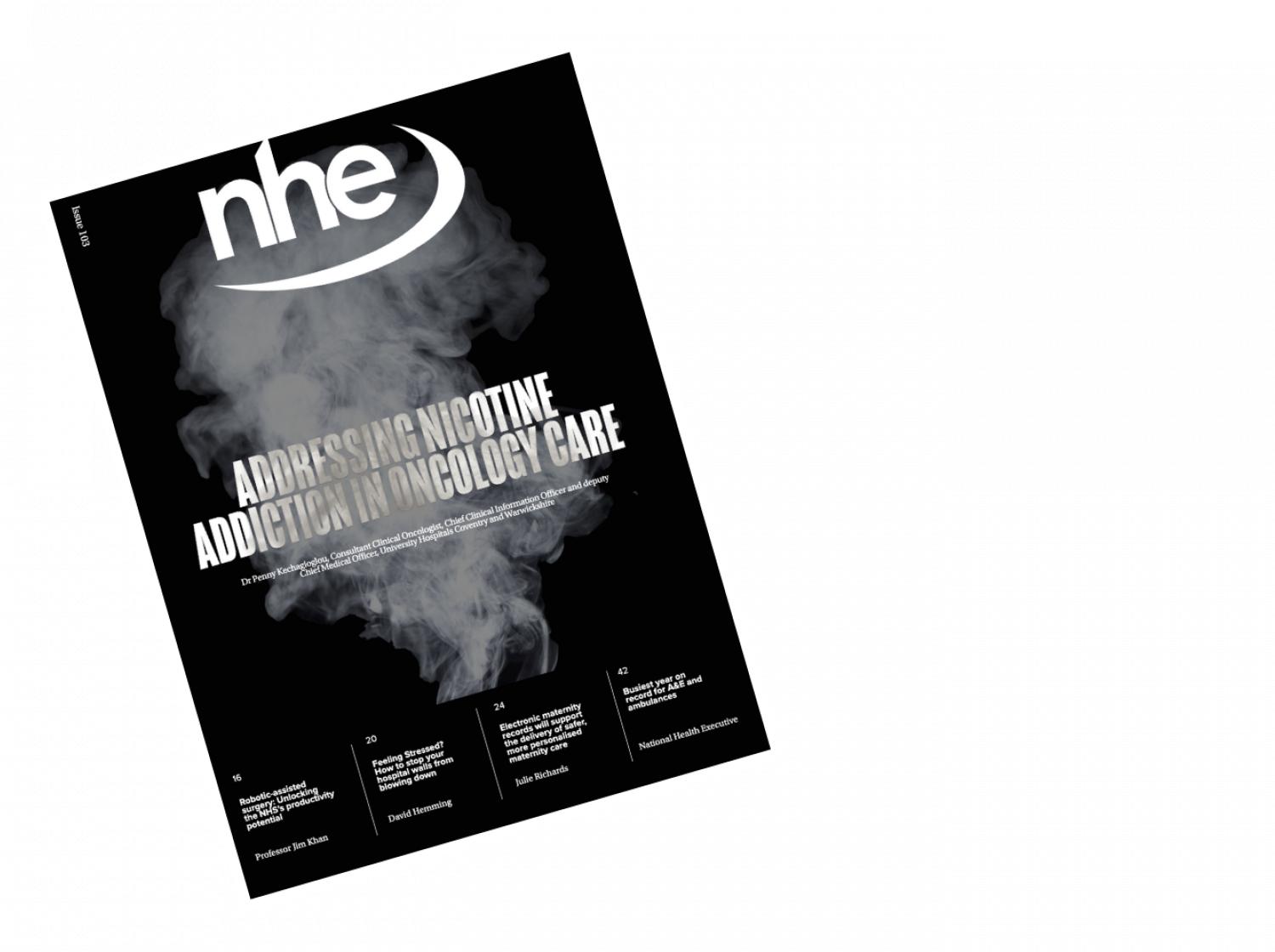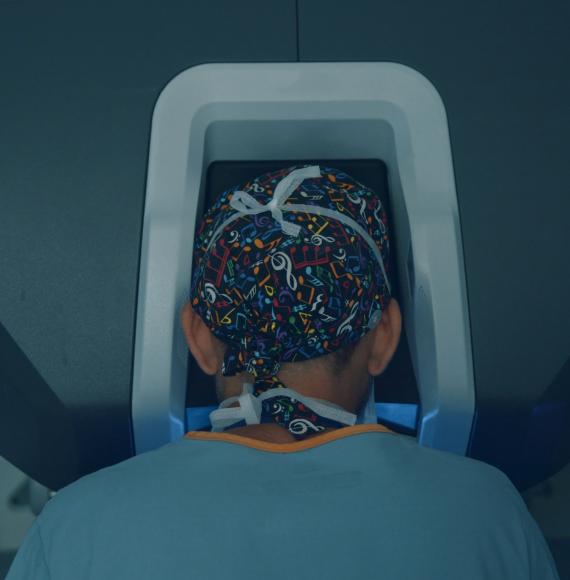The NHS is rapidly advancing towards a digital-first approach in healthcare. This shift sees widespread adoption of Electronic Patient Records (EPRs), e-rostering systems, and digital pathology platforms. However, as clinical services increasingly rely on IT systems, the resilience of these systems becomes a crucial concern. Downtime, whether from routine maintenance, unplanned outages, or wider network disruptions, can severely impact frontline care, making access to up-to-date patient information, forms, and documentation critical for safe, effective care delivery.
While most NHS trusts have basic contingency plans, significant gaps remain. Lexmark’s Downtime Assistant offers a vital component in business continuity planning by providing a simple, cost-effective solution that ensures uninterrupted access to essential clinical documents during IT downtimes.
Why Now: Resilience Beyond Cybersecurity
Discussions around NHS resilience often focus on cybersecurity, especially after incidents like WannaCry. However, IT resilience encompasses more than just security breaches. Power failures, system upgrades, or even a single faulty server can disrupt access to crucial systems for hours or days.
Operational resilience tools like Lexmark’s Downtime Assistant provide a non-security-specific resilience strategy that is proactive and adaptable to various downtime scenarios. Importantly, it delivers immediate value without the complexity and cost of major IT overhauls.
The Challenges of Resilience Planning in the NHS
The NHS's IT environment is characterised by a complex mix of legacy and modern digital systems, each with unique operational requirements. This diversity makes consistent uptime maintenance a significant challenge. Moreover, the critical nature of real-time, up-to-date patient data cannot be overstated.
Additionally, the NHS must navigate strict compliance and data security standards, complicating the implementation of temporary downtime solutions. These solutions must ensure data integrity and confidentiality, aligning with both GDPR and patient privacy regulations.
Long-Term Consequences of Repeated Downtimes
Repeated system failures can undermine trust in the NHS’s digital capabilities, potentially slowing the digital transformation process. Frequent downtimes also entail considerable direct and indirect costs, including financial penalties, decreased productivity, and the potential for increased stress among staff.
Maintaining Access to Vital Patient Forms During Outages
A critical risk during system downtimes is the loss of access to patient forms, such as admission checklists and medication notices. Traditionally, many trusts have relied on pre-printed "downtime kits," which can quickly become outdated or misplaced.
Lexmark’s Downtime Assistant addresses this by storing updated versions of essential documents directly on multifunction devices throughout the hospital, ensuring that the most current forms are available instantly, even when systems are down. This feature is crucial during both planned outages and unexpected failures, allowing care continuity with minimal disruption.
Automating Updates to Reduce Manual Errors
The traditional management of paper-based downtime kits is labour-intensive and prone to errors. Lexmark’s Downtime Assistant automates the update process, ensuring that all documents are current and consistent across all devices. This automation not only saves time but also reduces the risk of clinical errors associated with outdated or missing forms.
Supporting Clinical Teams with Intuitive, Familiar Tools
In high-pressure environments, such as A&E or maternity wards, staff need tools that are straightforward and do not require extensive training. The Downtime Assistant utilises familiar Lexmark devices with intuitive touchscreens, allowing staff to access necessary documents efficiently and independently, thereby supporting continued care without additional training or adaptation.
A Flexible Solution for All Downtime Scenarios
Downtime events vary widely, from specific application failures to complete power outages. Lexmark’s Downtime Assistant provides a versatile solution that fills the gaps left by standard business continuity features in EPR systems. It enables access to locally stored documents even when the primary systems are offline, using encrypted drives on the devices themselves, simplifying deployment and reducing costs.
Conclusion
In an NHS increasingly dependent on digital systems, downtime is inevitable. Lexmark’s Downtime Assistant offers a practical solution to ensure that vital documents remain accessible and up-to-date, safeguarding continuity of care. For NHS leaders committed to enhancing digital resilience, this tool represents a small but critical investment in maintaining frontline care against unexpected disruptions.
https://www.lexmark.com/en_gb/industries/healthcare/downtime-assistant-for-healthcare.html


















